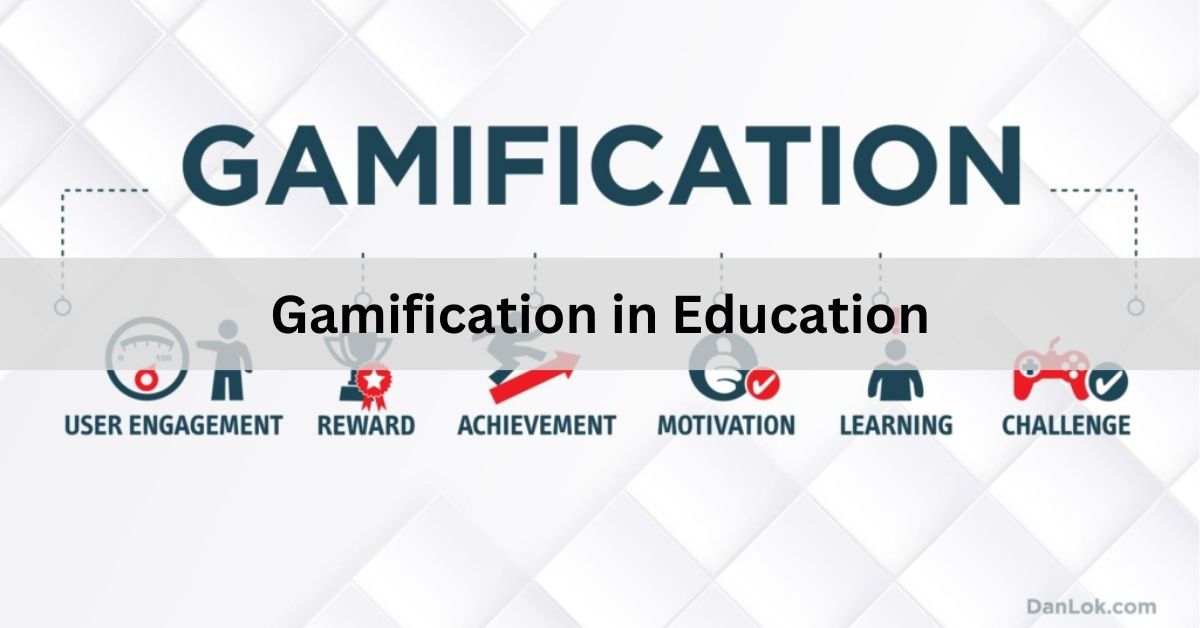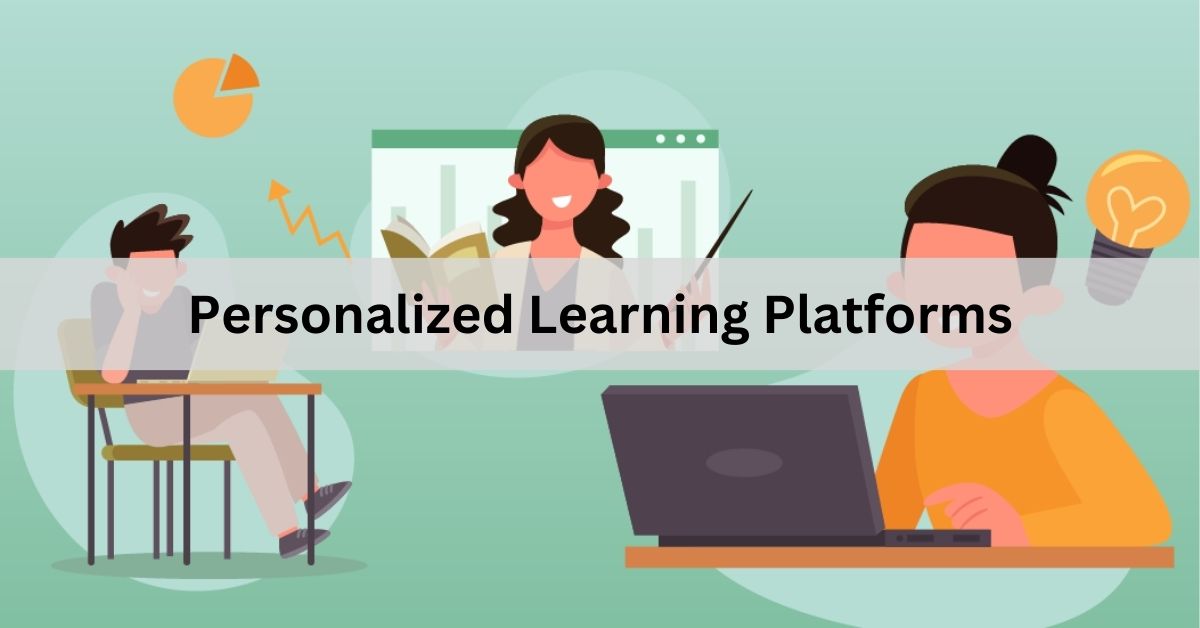Gamification in education transforms traditional learning experiences into interactive and engaging activities that motivate students to actively participate in their learning journey. This article explores the concept of gamification, its advantages, practical implementation tips, and the evolving role of technology in educational gaming.
Contents
What is Gamification?
- Definition: Gamification applies game mechanics, such as rewards, challenges, and competition, to educational activities to increase engagement and motivation.
- Key Elements: Incorporates elements like points, badges, leaderboards, levels, and narratives to make learning more enjoyable and interactive.
Benefits of Gamification in Education
- Increased Engagement: Gamified lessons capture students’ attention and maintain interest by making learning fun and interactive.
- Enhanced Motivation: Rewards and achievements encourage students to set goals, persist through challenges, and achieve mastery in learning objectives.
- Personalized Learning Paths: Allows for individualized progression based on student performance, preferences, and learning styles.
Practical Implementation Strategies
- Identify Learning Objectives: Align gamified activities with educational goals and curriculum standards to ensure relevance and effectiveness.
- Choose Appropriate Tools and Platforms: Select educational games, platforms, or gamification software that fit the subject matter and age group of students.
- Design Engaging Game Mechanics: Incorporate clear goals, feedback mechanisms, and progressive challenges to keep students motivated and focused.
- Monitor Progress and Adjust: Use analytics and student feedback to assess the effectiveness of gamified activities and make necessary adjustments.
Examples of Gamification in Education
- Language Learning: Apps like Duolingo use gamification to teach languages through interactive exercises, rewards, and progress tracking.
- Mathematics: Math games and quizzes that challenge students to solve problems, earn points, and compete with peers in a virtual environment.
- Science and STEM Subjects: Virtual labs, simulations, and educational games that simulate scientific experiments or engineering challenges.
Future Trends in Educational Gaming
- Virtual Reality (VR) and Augmented Reality (AR): Immersive experiences that allow students to explore virtual worlds and interact with educational content.
- Artificial Intelligence (AI): AI-driven adaptive learning platforms that personalize gamified experiences based on individual student performance and preferences.
- Mobile and Cloud-Based Solutions: Accessibility through mobile devices and cloud-based platforms, supporting anytime, anywhere learning opportunities.
Conclusion
Gamification in education offers a dynamic approach to engage students, foster collaboration, and enhance learning outcomes through interactive and motivational experiences. By integrating game mechanics into educational activities, educators can create immersive learning environments that cater to diverse learning styles and inspire lifelong curiosity and knowledge retention.


